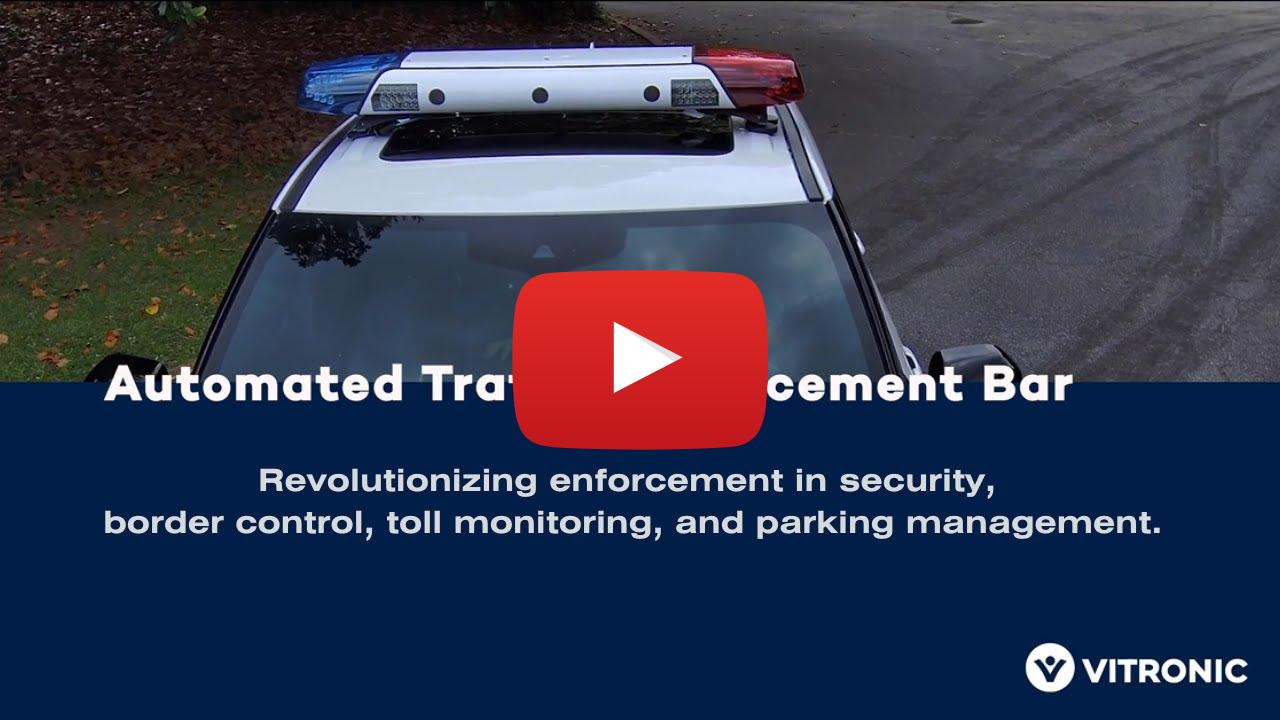Vehicle image taken by HTS's VIR. The manufacturer logo is analysed and identified by VIR Hi-Tech Solutions (HTS), a developer and provider of Optical Character Recognition (OCR) computer and vision systems, has announced the VIR (Vehicle Identity Recognition) suite, to be implemented in conjunction with the company's License Plate Recognition (LPR) systems. The new suite comprises recognition of vehicle manufacturer logo (car model), vehicle body and plate colour, special icons on the plate itself (such as
June 19, 2012
Read time: 2 mins

VIR allows for comparison of more than one parameter with respect to a given vehicle's identity and can therefore provide a more complete picture and higher accuracy.
According to HTS, the vehicle logo, colour and country or state name recognition capabilities greatly enhance and improve verification and classification of the vehicle and help check correlation between the car type, license plate number, and data stored on police and homeland security databases. This allows an immediate alert when a suspicious vehicle passes through the system. HTS offers an interface that can communicate with local law enforcement agencies as well as national agencies. The company says the suite also increases the efficiency of toll operators who can bill for road usage more effectively for toll roads that are used by residents of neighbouring states or countries.










